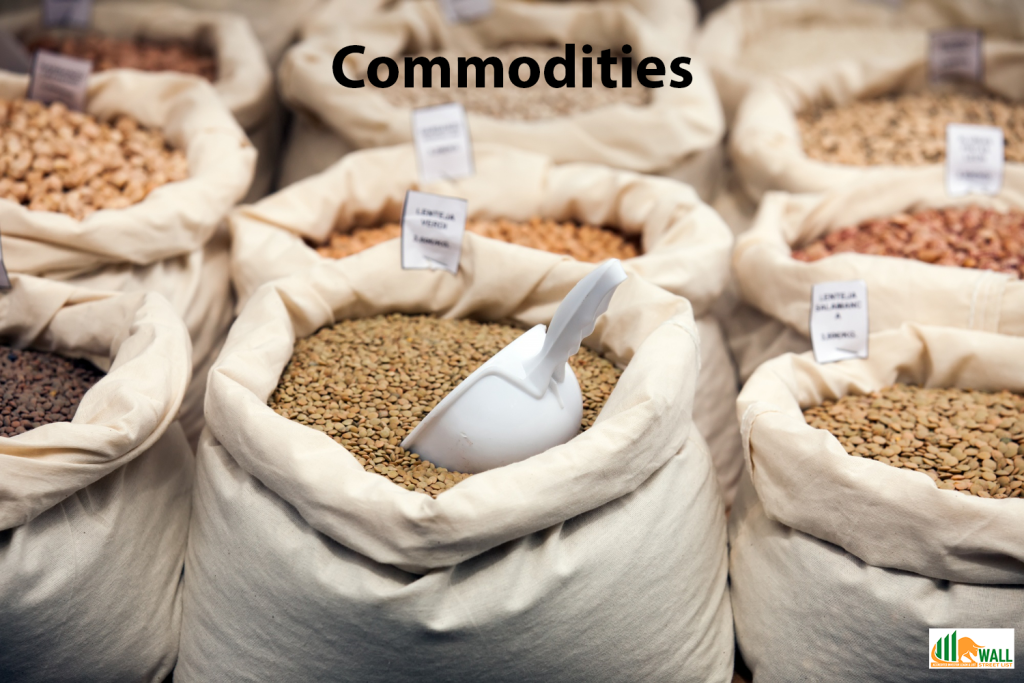High-risk investments offer accredited investors unique opportunities for potentially high returns, but they come with significant risks. These investments require a clear understanding of the risk-reward balance and careful assessment of one’s risk tolerance and investment goals. Derivatives and commodities are common high-risk vehicles; derivatives involve contracts based on underlying assets and can be highly leveraged, increasing volatility, while commodities are subject to market fluctuations driven by supply, demand, and geopolitical factors. Thorough analysis of these factors is essential for informed decision-making.
Hedging strategies play a crucial role in managing risk exposure in commodities investing by utilizing derivative instruments to offset potential losses. Effective risk management techniques, combined with advanced derivative pricing models, help investors navigate the complexities of high-risk commodity markets. Commodities trading involves understanding the fundamentals of various types, including metals, energy, and agriculture, each influenced by unique supply-demand dynamics, geopolitical factors, and global economic trends. Investing in commodities offers benefits like portfolio diversification and protection against inflation but also presents challenges such as high volatility and liquidity concerns. High-risk commodity investment strategies range from direct physical holdings to leveraging exchange-traded products, futures contracts, and commodity-focused funds or managed portfolios. Thorough risk assessment and due diligence are essential, including comprehensive research on market trends, historical performance, and counterparty credibility. Constructing a balanced portfolio with prudent risk controls ensures exposure to commodities aligns with overall investment objectives while mitigating potential downsides in volatile markets.
Accredited investors often pursue diversification strategies across various asset classes and investment types to optimize returns while managing risk. They set clear risk management parameters and employ stop-loss mechanisms to protect their portfolios from significant losses. Regular monitoring and timely adjustment of portfolio allocations ensure alignment with market conditions and investment goals. High-risk investments such as derivatives and commodities offer substantial upside potential but require sophisticated understanding. By leveraging their access to advanced strategies and risk tolerance, accredited investors can effectively capitalize on these opportunities while navigating the complexities of the market.

